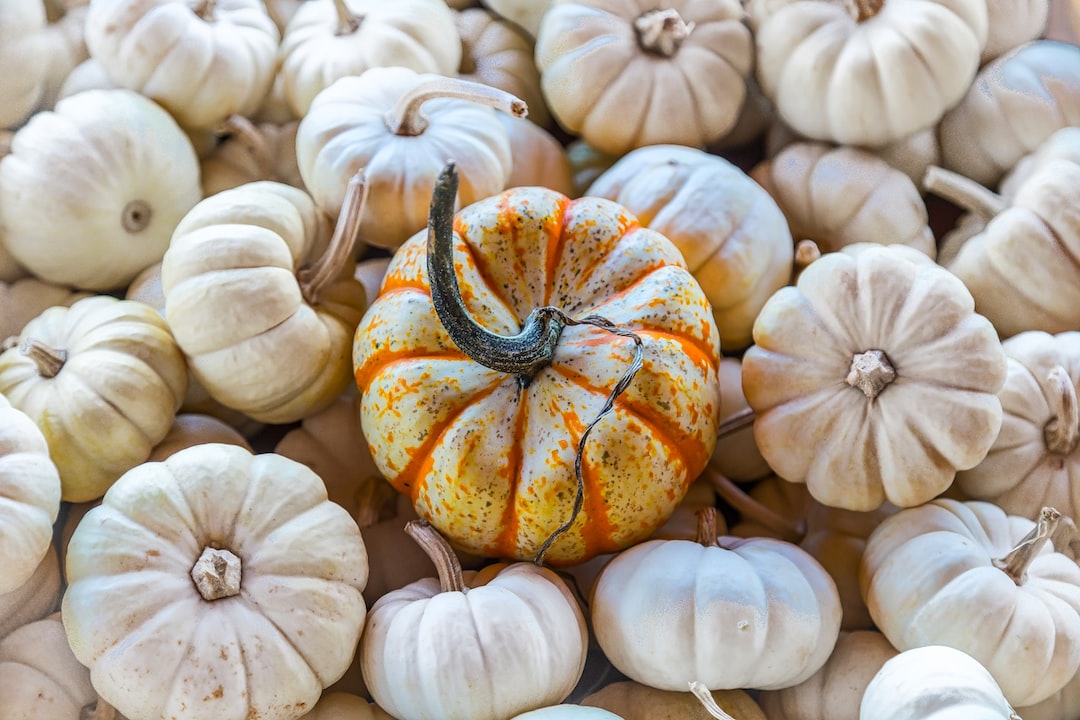Fall Hydrangea Care: To Cut or Not to Cut Back?

Fall care is an important aspect of maintaining the health and beauty of hydrangeas. As the temperatures begin to drop and winter approaches, it is crucial to prepare hydrangeas for the harsh conditions ahead. By taking the time to properly care for your hydrangeas in the fall, you can ensure that they will thrive and bloom abundantly in the following spring and summer.
Preparing hydrangeas for winter is essential because it helps them survive the cold temperatures and harsh weather conditions. Without proper care, hydrangeas can suffer from frost damage, root rot, and other issues that can lead to their decline or even death. By implementing a fall care routine, you can protect your hydrangeas and give them the best chance of thriving in the coming seasons.
Key Takeaways
- Fall is an important time for hydrangea care, as it sets the stage for next year’s blooms.
- Understanding the blooming cycle of your hydrangeas is key to determining whether or not to cut them back in the fall.
- Cutting back hydrangeas in the fall can lead to bigger, better blooms next year, but it’s not always necessary or advisable.
- Risks of cutting back hydrangeas in the fall include removing potential blooms and exposing the plant to winter damage.
- Properly cutting back hydrangeas in the fall involves identifying the right time, tools, and technique for your specific type of hydrangea.
Understanding Hydrangea Blooming Cycles
To effectively care for hydrangeas in the fall, it is important to understand their blooming cycles. There are several different types of hydrangeas, each with its own unique blooming habits. Some hydrangeas bloom on old wood, meaning that they produce flowers on stems that grew in the previous year. Others bloom on new wood, which refers to stems that grow in the current season.
The blooming cycle of hydrangeas affects how they should be cared for in the fall. For hydrangeas that bloom on old wood, it is generally recommended to avoid cutting them back in the fall. This is because cutting back these types of hydrangeas can remove potential flower buds and result in a lack of blooms in the following year. On the other hand, hydrangeas that bloom on new wood can be cut back more aggressively in the fall without sacrificing blooms.
To Cut or Not to Cut Back: The Debate
One of the most debated topics when it comes to fall care for hydrangeas is whether or not to cut them back. Some gardeners believe that cutting back hydrangeas in the fall is necessary to promote new growth and ensure healthy blooms in the following year. Others argue that cutting back hydrangeas can remove potential flower buds and result in a lack of blooms.
The decision to cut back hydrangeas in the fall ultimately depends on the type of hydrangea and its blooming cycle. As mentioned earlier, hydrangeas that bloom on old wood should generally be avoided when it comes to cutting back in the fall. However, for hydrangeas that bloom on new wood, cutting back can be beneficial.
Benefits of Cutting Back Hydrangeas in the Fall
| Benefit | Description |
|---|---|
| Improved Health | Cutting back hydrangeas in the fall promotes new growth and improves overall plant health. |
| Bigger Blooms | Pruning hydrangeas in the fall can lead to bigger and more abundant blooms in the following season. |
| Reduced Disease | Removing dead or diseased wood in the fall can help prevent the spread of disease and pests. |
| Improved Appearance | Cutting back hydrangeas in the fall can help maintain a neat and tidy appearance in the garden. |
For hydrangeas that bloom on new wood, cutting back in the fall can have several benefits. Firstly, it helps to promote new growth and encourages the plant to produce more blooms in the following year. By removing old and dead wood, you are allowing the plant to focus its energy on producing new stems and flowers.
Cutting back hydrangeas in the fall also helps to maintain a more compact and tidy appearance. By removing any overgrown or unruly branches, you can shape the plant and prevent it from becoming too leggy or sprawling. This can result in a more aesthetically pleasing garden and make it easier to care for your hydrangeas in the future.
Risks of Cutting Back Hydrangeas in the Fall
While there are benefits to cutting back hydrangeas in the fall, there are also risks involved if not done properly. One of the main risks is removing potential flower buds and reducing the number of blooms in the following year. This is especially true for hydrangeas that bloom on old wood, as cutting back can remove the stems that would have produced flowers.
Another risk of cutting back hydrangeas in the fall is damaging the plant if not done correctly. Improper pruning techniques can result in open wounds that are susceptible to disease and pests. It is important to follow proper pruning guidelines and use clean, sharp tools to minimize the risk of damage.
How to Properly Cut Back Hydrangeas in the Fall

If you decide to cut back your hydrangeas in the fall, it is important to do so properly to minimize the risks and maximize the benefits. Here is a step-by-step guide to cutting back hydrangeas in the fall:
1. Start by assessing the type of hydrangea you have and its blooming cycle. This will determine how much you should cut back and whether or not it is necessary.
2. Use clean, sharp pruning shears or loppers to make clean cuts. Avoid tearing or ripping the branches, as this can lead to damage and disease.
3. Begin by removing any dead or diseased wood. This will help improve the overall health of the plant and prevent the spread of disease.
4. Next, remove any crossing or rubbing branches. This will help improve air circulation and prevent branches from rubbing against each other and causing damage.
5. Finally, shape the plant by selectively removing any overgrown or unruly branches. This will help maintain a more compact and tidy appearance.
Alternative Methods for Preparing Hydrangeas for Winter
If you are hesitant about cutting back your hydrangeas in the fall, there are alternative methods for preparing them for winter. One method is to simply leave the plant as is and allow it to naturally go dormant. This can be a good option for hydrangeas that bloom on old wood, as cutting back can remove potential flower buds.
Another method is to provide extra protection for your hydrangeas by mulching around the base of the plant. This helps insulate the roots and protect them from freezing temperatures. Additionally, you can cover your hydrangeas with burlap or a frost blanket to provide further protection from harsh winter conditions.
Tips for Maintaining Hydrangea Health in the Fall
In addition to cutting back or providing extra protection, there are general tips for maintaining hydrangea health in the fall. One important tip is to continue watering your hydrangeas until the ground freezes. This helps ensure that the plant has enough moisture to survive the winter.
Another tip is to remove any fallen leaves or debris from around the base of the plant. This helps prevent the buildup of moisture and reduces the risk of disease and pests. Additionally, it is important to monitor your hydrangeas for any signs of pests or diseases and take appropriate action if necessary.
Common Mistakes to Avoid When Caring for Fall Hydrangeas
When caring for fall hydrangeas, there are common mistakes that people often make. One mistake is cutting back hydrangeas that bloom on old wood, as this can remove potential flower buds and result in a lack of blooms in the following year. It is important to know the blooming cycle of your hydrangea and adjust your care routine accordingly.
Another mistake is using dull or dirty pruning tools. This can result in ragged cuts and increase the risk of damage and disease. It is important to regularly clean and sharpen your pruning tools to ensure clean cuts and minimize the risk of damage.
Finding the Best Fall Hydrangea Care Routine for Your Garden
In conclusion, fall care is crucial for maintaining the health and beauty of hydrangeas. By understanding their blooming cycles and properly caring for them in the fall, you can ensure that they will thrive and bloom abundantly in the following year. Whether you choose to cut back your hydrangeas or provide extra protection, it is important to find a care routine that works best for your specific garden and type of hydrangea. By following proper pruning techniques, monitoring for pests and diseases, and providing adequate water and protection, you can enjoy healthy and vibrant hydrangeas year after year.
If you’re wondering how to properly cut back hydrangeas in the fall, look no further than this informative article from Lawn World. With expert tips and step-by-step instructions, you’ll learn the best practices for pruning your hydrangeas to ensure healthy growth and abundant blooms next season. Don’t miss out on this valuable resource – check out the article here.
FAQs
What are hydrangeas?
Hydrangeas are flowering plants that belong to the Hydrangeaceae family. They are known for their large, showy blooms that come in a variety of colors, including pink, blue, white, and purple.
When should you cut back hydrangeas?
The best time to cut back hydrangeas depends on the type of hydrangea you have. For most varieties, it is recommended to wait until late winter or early spring to prune. However, some types of hydrangeas, such as the smooth hydrangea, can be pruned in the fall.
Do you need to cut back hydrangeas?
It is not always necessary to cut back hydrangeas. Some gardeners prefer to leave the plants unpruned to allow them to grow naturally. However, pruning can help to control the size and shape of the plant, promote healthy growth, and encourage more blooms.
What happens if you don’t cut back hydrangeas?
If you don’t cut back hydrangeas, they will continue to grow and may become too large for their space. This can lead to overcrowding and reduced air circulation, which can make the plant more susceptible to disease. Additionally, unpruned hydrangeas may produce fewer blooms.
How do you cut back hydrangeas?
To cut back hydrangeas, start by removing any dead or damaged branches. Then, prune back the remaining branches to the desired size and shape. It is important to use sharp, clean pruning shears to avoid damaging the plant. Additionally, some types of hydrangeas require specific pruning techniques, so it is important to research the specific needs of your plant before pruning.



